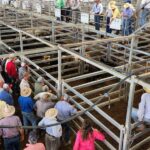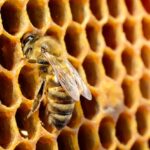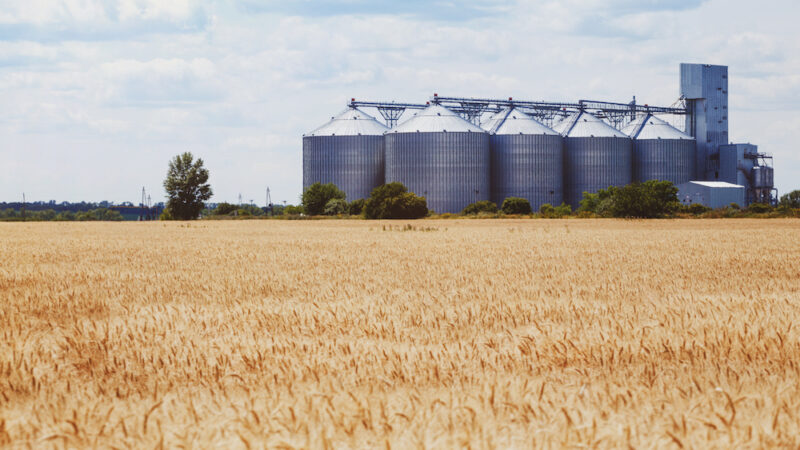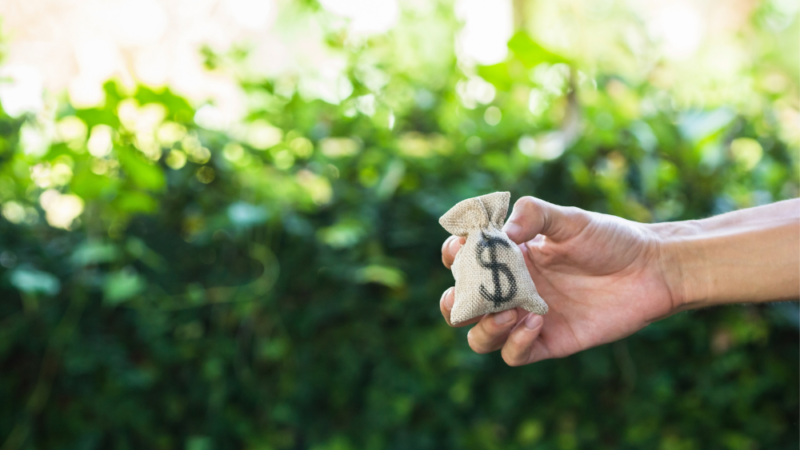Like many saleyards, the busy Tamworth Regional Livestock Exchange (TRLX) has become an important centre…
Support for individual sheep traceability
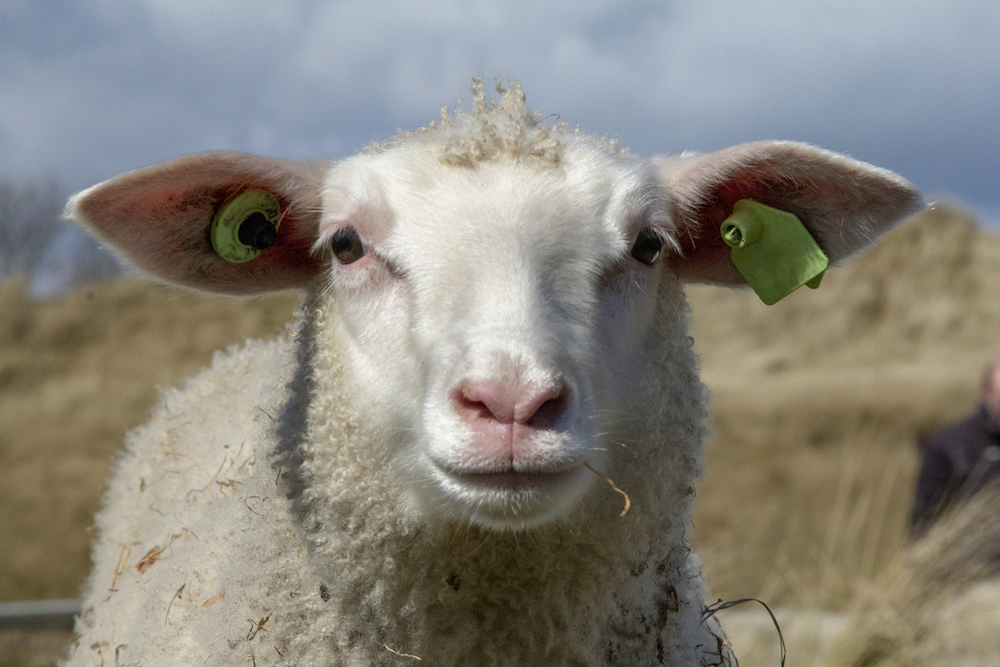
NSW Farmers’ Annual Conference delegates have voted to support the use of a national individual traceability system for sheep.
The change in NSW Farmers policy follows an agreement by federal, state and territory governments to roll out a national sheep and goat electronic identification system.
Australian cattle are already individually tagged but sheep are only identified by mob-based system, except in Victoria.
“The policy passed at the Annual Conference does have caveats when it comes to implementation of a national scheme,” explained NSW Farmers Sheep Meat committee chair Jenny Bradley.
“These important caveats include that it be a national sheep traceability system, there is cost minimisation and financial assistance to undertake the transition, and that costs are shared along the supply chain.”
The new policy also includes the proviso that it be a staged rollout over five years.
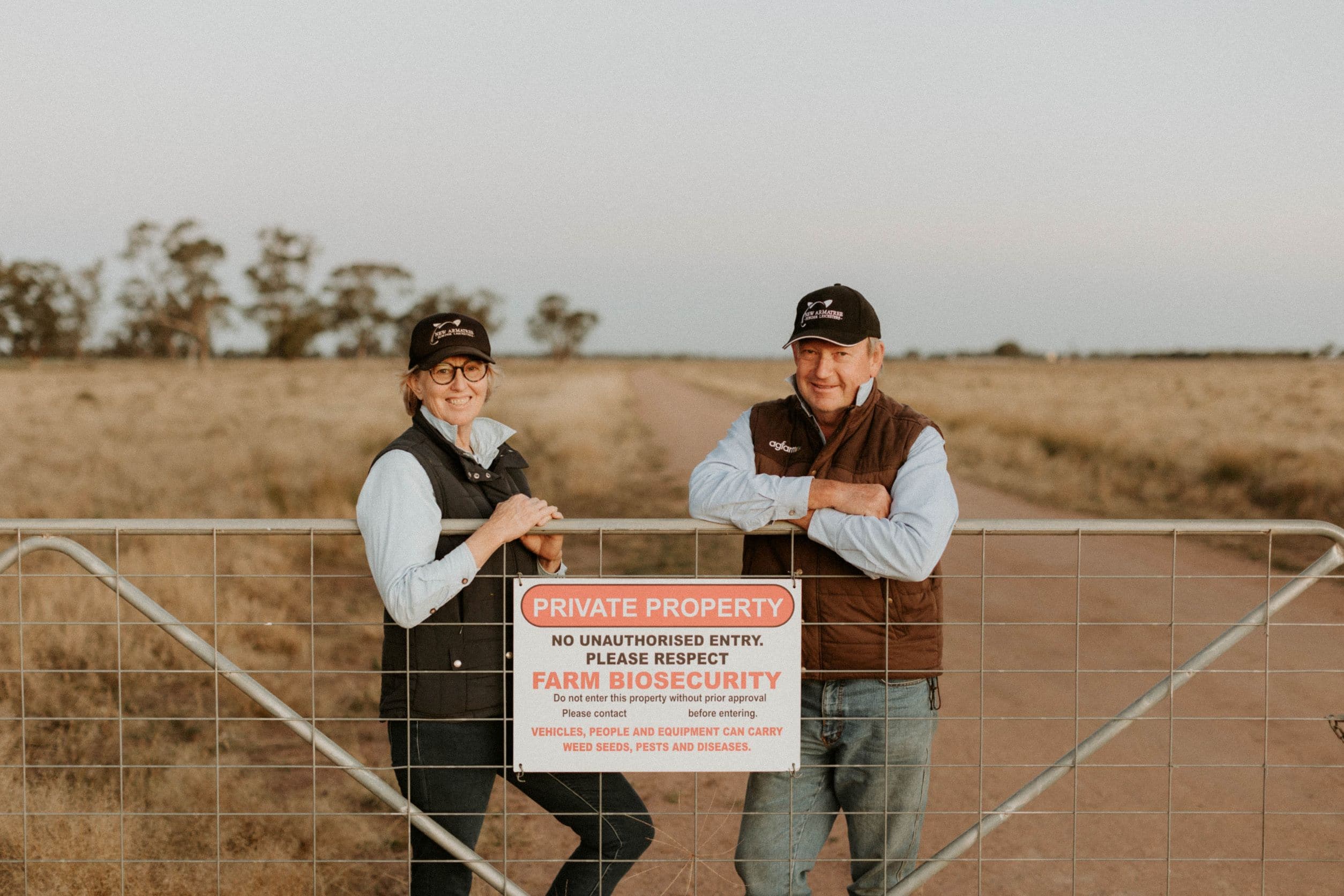
“This policy ensures that NSW Farmers will have the ability to negotiating the details of national traceability rollout.”
“A lot of work has gone into this over the years and there are industry initiated papers that have all identified opportunities to improve the National Livestock Identification System to enhance livestock traceability.”
“A national eID system will not stop exotic diseases coming into the country, but it will assist in shortening the time our industry is at standstill or lockdown if an incursion was to occur.”
NSW Farmers Biosecurity Chair Ian McColl agreed, saying that while electronic tagging could be helpful, it would not be a silver bullet for the threat posed by diseases like foot and mouth.
“Our members voted to provide in principle support for the development of a national individual traceability system for sheep,” Mr McColl said.
“However, this national system must have jurisdictional harmonisation, be affordable, and be developed in consultation with producers.
“Traceability reforms must ensure that the costs are effectively shared throughout the supply chain and with government.”
NSW Government backs national eID system
NSW Minister for Agriculture Dugald Saunders said there is a strong mandate to start working on how best to implement a national system for sheep and goats.
“Individual traceability for sheep and goats will be critical in the event of an emergency disease outbreak like Foot and Mouth Disease in Australia,” Mr Saunders said.
“Recent detections of Foot and Mouth Disease fragments in Melbourne and Adelaide are a frightening reminder of the need to ramp up our biosecurity controls.”
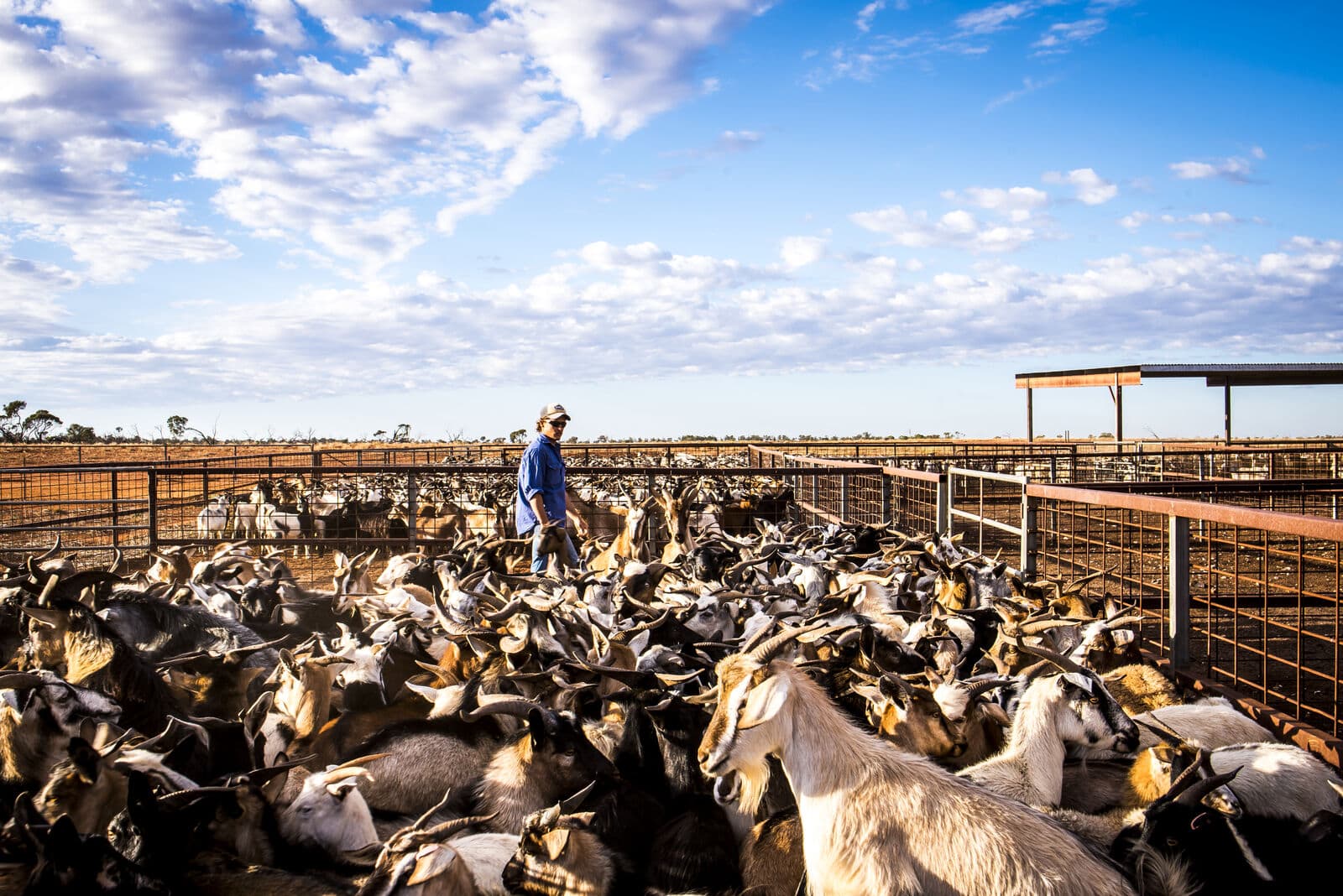
Mr Saunders said a national framework will be urgently developed by federal and state agricultural departments with industry input for consideration at the next meeting of agriculture ministers.
“My commitment to sheep and goat producers is that they will have their voices heard during all stages of the implementation and development of a national traceability system.”
Red Meat Advisory Council (RMAC) Independent Chair John McKillop said the red meat industry supports “meaningful traceability reforms to further strengthen traceability” for biosecurity, food safety and market access requirements.
“The red meat and livestock industry therefore seeks the Federal Department of Agriculture, Fisheries and Forestry’s support for the urgent implementation of these reforms to improve detection and management of exotic animal disease,” Mr McKillop said.
“Australia is currently free of FMD and LSD, and it is important our industry does not take this disease-free status for granted. Protecting Australia from exotic disease incursion will take cooperation and commitment from everyone.”
“Producers should focus on preparing for an incursion, just in case, by ensuring their on-farm biosecurity plans are complete and in place to protect their livestock and livelihoods.
Jenny Bradley agrees, saying that now is the time for livestock producers to examine their farm biosecurity plans and make sure they are up to date.
A template for a on-farm biosecurity plan can be found here.
Aussies holidaying in Bali are being urged to do their bit to stop FMD from reaching Australian shores. Read more here.


